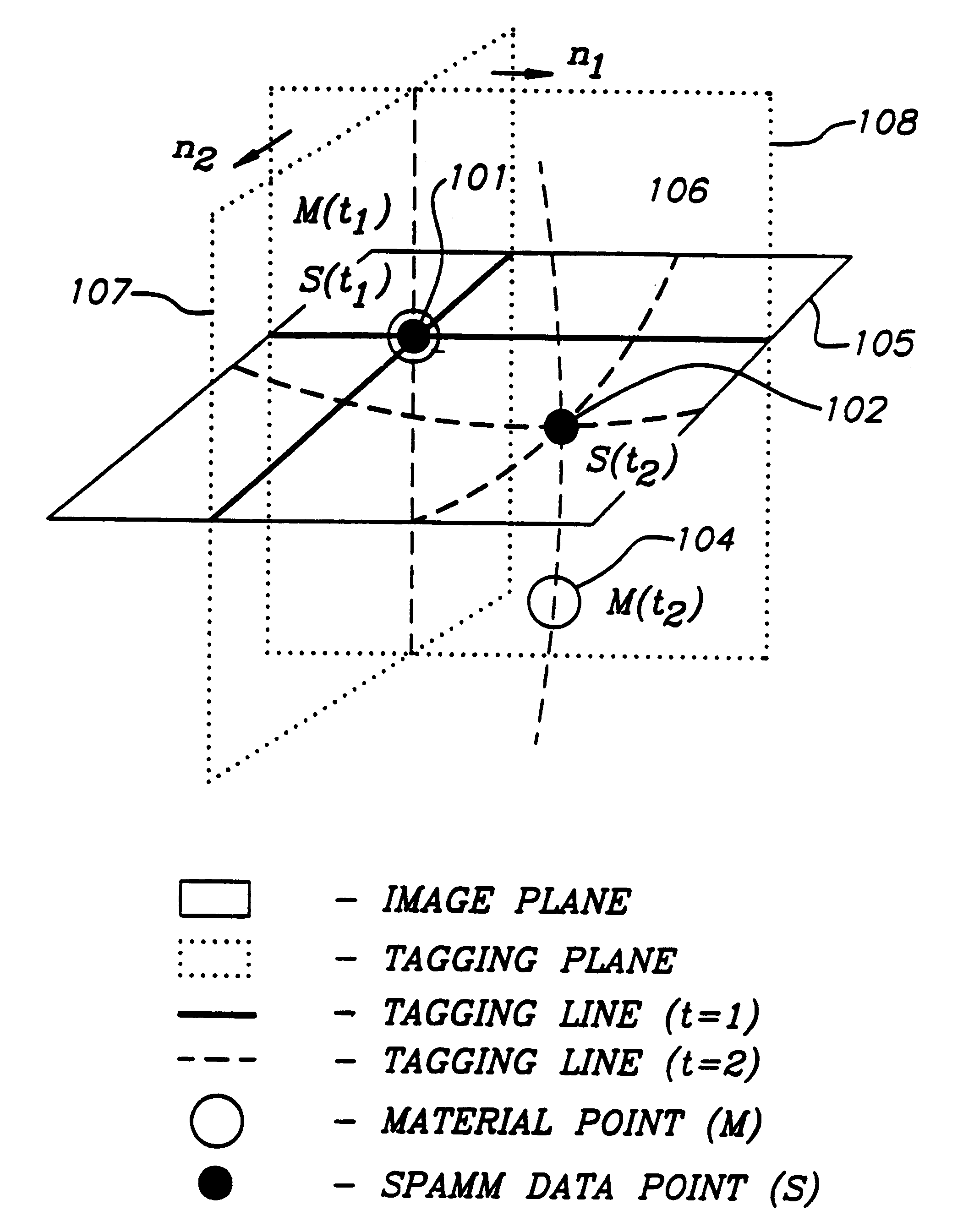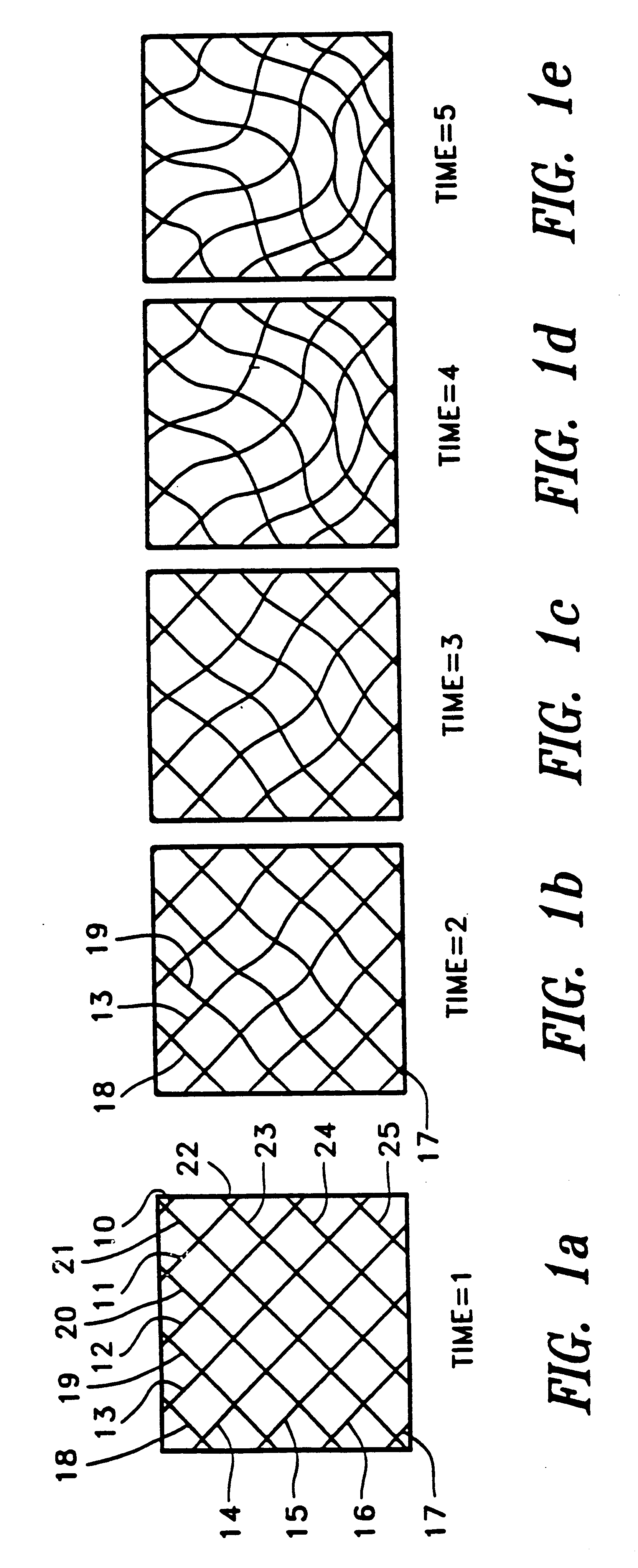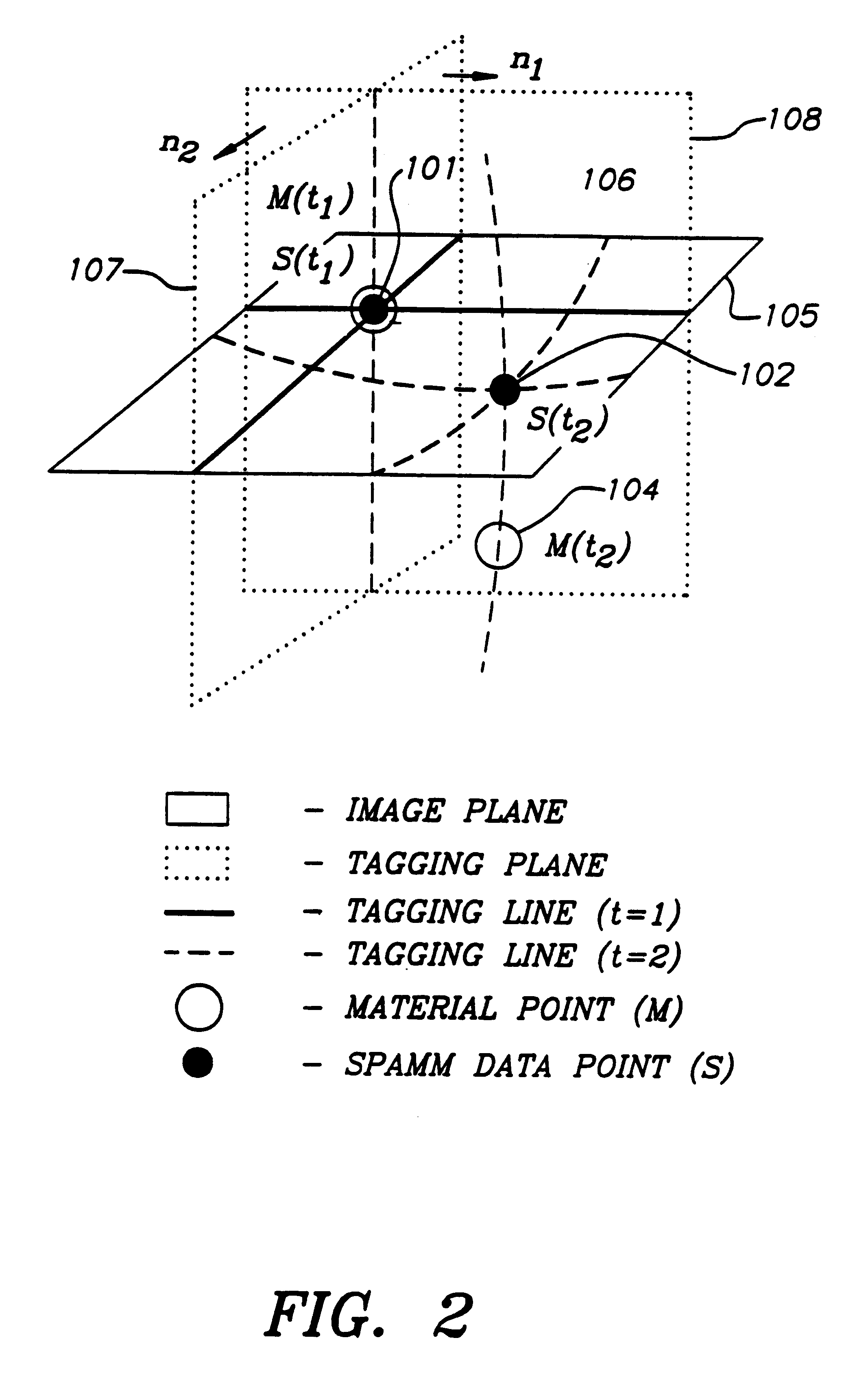Apparatus and method for dynamic modeling of an object
a dynamic modeling and apparatus technology, applied in the field of apparatus and method for dynamic modeling of objects, can solve the problems of not providing intuitive motion parameters to model the rigid and non-rigid not providing a suitable localization of the l deformation, and the utility of this class is usually limited to representing the shape and motion of the lv surfa
- Summary
- Abstract
- Description
- Claims
- Application Information
AI Technical Summary
Problems solved by technology
Method used
Image
Examples
Embodiment Construction
Accurately estimating the volumetric shape, motion and deformations of a deformable object, e.g., the left ventricle (LV), and presenting the estimating of these properties in a readily understandable manner is generally unavailable with existing imaging techniques. For example conventional cardiac imaging methods including MRI still have many limitations, such as a lack of explicit data correspondence between temporal image data frames, and insufficient resolution of the extracted data. In addition, most of the existing models for the analysis of the certain LV shape and motion are based on the use of parameters that are either too complex or too few to be used by a clinician.
A magnetic resonance imaging (MRI) technique based on magnetic tagging employing spatial modulation of magnetization (MRI-SPAMM) has been developed for imaging of an object's regional movement, e.g. heart wall motion. This fast, non-invasive technique can be useful in the analysis of heart wall motion because ...
PUM
 Login to View More
Login to View More Abstract
Description
Claims
Application Information
 Login to View More
Login to View More - R&D
- Intellectual Property
- Life Sciences
- Materials
- Tech Scout
- Unparalleled Data Quality
- Higher Quality Content
- 60% Fewer Hallucinations
Browse by: Latest US Patents, China's latest patents, Technical Efficacy Thesaurus, Application Domain, Technology Topic, Popular Technical Reports.
© 2025 PatSnap. All rights reserved.Legal|Privacy policy|Modern Slavery Act Transparency Statement|Sitemap|About US| Contact US: help@patsnap.com



